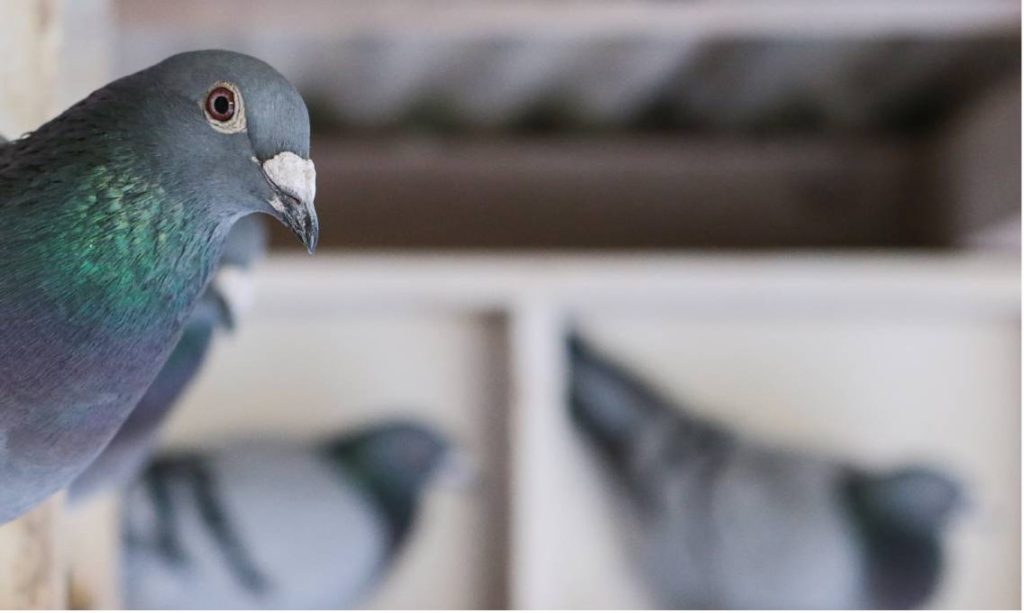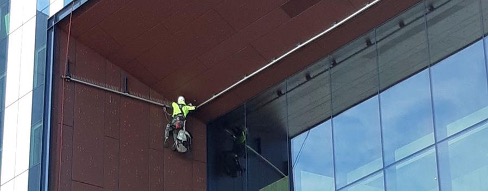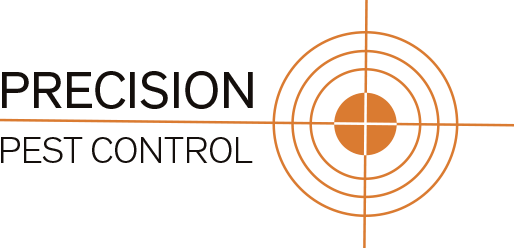How to get rid of pigeons
Pigeons are a pest for all types of businesses. Even the smallest pigeon problem can cause major health and safety issues as well as economical and financial concerns for your business.
Not only are pigeons and their droppings unsightly and annoying, they are also a serious risk to everyone’s health and safety.
Pigeon droppings can carry diseases and draw vermin such as rats as well as flies to your business, leaving you with yet another pest problem!
Any business can suffer from a pigeon problem, whether you’re a food production company, a warehouse or even a hospital. Click here to read about our bird control at Westmead Hospital.
If you’ve got a pigeon problem you need to get under control, you need to contact a professional pest technician today.
Have another pest control problem?
Why do I need pigeon control?
Whether they are nesting on ledges, roosting in the roof or simply ‘dropping’ by, pigeons are a hazard to all types of businesses, particularly food business facilities.
Food safety
The discovery of bird droppings in restaurants, food manufacturing, packaging, storage facilities or other similar operations can affect your Hazard Analysis Critical Control Point (HACCP) and Food Safety auditing. Fungus-based respiratory diseases such as histoplasmosis and aspergillosis are associated with pigeon droppings.
Health risk
Pigeon droppings contain bacteria such as salmonella and pathogenic fungi that can pass on diseases to humans. Ectoparasites, such as mites, can also be transmitted to humans, leaving those infected extremely uncomfortable. These diseases and ectoparasites pose a serious threat to human health if exposed to them.
Fire and flood risk
Nesting materials can block drains and clog gutters. This can create a fire risk as well as potential for flooding issues of roofs.
Property and equipment damage
Pigeon droppings have highly acidic properties that can corrode and stain a building’s structural materials. Furthermore, if pigeons are roosting in the roof of a warehouse, equipment damage could be so extensive that the equipment becomes unusable.
Economic
Cleaning up pigeon droppings – day after day, week after week – is time-consuming and costly. This ongoing clean-up also exposes employees to the diseases the droppings carry.
Poor image
Let’s face it, a restaurant, shop front, hospital or hotel surrounded by roosting pigeons and pigeon droppings is less than ideal for attracting customers and clients. Pigeons nesting in or near a health facility may cause legitimate concern to patients and families.
Slip hazard
Droppings can be slippery and cause customers or staff to fall, possibly resulting in legal action.

What are the methods for pigeon control?
Whether your aim is prevention, scaring away or extermination, ultimately there are two basic approaches to pigeon control:
- Alter the environment (roosting/nesting sites) to make it unappealing or impossible for the pigeons to use.
- Remove the pigeons from the environment (trapping, baiting or shooting).
Alter the environment:
- bird spikes
- bird wire
- bird slopes
- electronic bird repellers
- optical bird scarers
- electrified shock systems
- bird netting.
Removal/reductions:
- alphachoralose
- aminopyridine
- contact avicides
- trapping
- shooting.
More details of these terms are below. We always aim to use the most effective yet humane treatment options.
Methods to alter the environment for bird control
Bird spikes
Bird spikes are polycarbonate or stainless steel spikes installed on ledges, flat surfaces and other perches that will prevent pigeons from landing and roosting on those sites. Bird spikes are a permanent and cost-effective solution.
Bird wire
Bird wire is installed between posts and creates an unstable landing area for the pigeons. It is long-lasting and cost-effective with low visual impact on a building.
Bird slopes
Bird slopes are triangular shaped strip installed to ledges to turn them into ‘slippery slopes’ and prevent pigeons from landing and roosting.
Repellers
Electronic bird repellers are basic devices with rods, operating in a similar fashion to fans. The rods wave in the wind, making the surface unappealing for birds to land.
Optical bird scarers
Optical bird scarers harness direct sunlight or artificial light to send a light pattern that disorients birds in flight and deters them from landing.
Electrified shock systems
Electrified shock systems send a shock to the birds after landing, causing the birds to fly away.
Bird netting
Bird netting can be used in many areas including warehouse awnings, loading docks and other covered areas. This method can be expensive but it is extremely durable, effective and long-lasting.
Methods to remove or reduce pigeons in the environment
Many bird removal methods require permits in different states, which is why it’s best to contact Precision Pest Control.
Here are some details of removal/reduction methods (trapping and shooting are self-explanatory):
- Alphachloralose (anaesthetises the bird to allow collection and humane disposal) – permits required in some states.
- Aminopyridine (a lethal, selective bird bait) – permits required in some states.
- Contact avicides (bird poisons) – when used selectively, carefully and humanely.
- Trapping
- Shooting.
How can Precision Pest Control help with pigeon control?
At Precision Pest Control, we have an experienced team of pest professionals who have in-depth knowledge of the nesting habits and typical behaviours of local pigeons and other pest bird species. We are also highly experienced in effective methods of treatment in bird control using only the most environmentally friendly and ethical forms of treatment.
We use a three-step plan to rid your business of pigeons and protect your property in the future from these pests:
Step 1 – Inspect and plan
We inspect your property to assess the extent of the problem. We immediately report back to you about the severity of the pest and recommend a tailored treatment plan that best suits you.
Step 2 – Perform the treatment
The recommended treatment plan will then be carried out by one of our highly experienced bird control professionals, with our 100% satisfaction guarantee.
Some of our effective pigeon control methods have been noted above and include:
- bird spikes
- bird netting
- bird removal
- bird trapping
- bird control agents
- bird wire
- bird deterrents
- bird slopes
- bird tracks
- bird proofing.
Step 3 – Follow up and report
Precision Pest Control performs a thorough follow-up analysis to ensure we have successfully eliminated your pest problem. We will then prepare a fully comprehensive report adhering to the Australian Standards, which will be explained to you under our pest control warranty.
Call Precision Pest Control on 1300 655 524 for more information about how we can provide fast and effective bird control.
Need proof?

We recently completed our largest bird proofing job at the new Westmead Hospital in NSW, which involved more than 4000 metres of bird spikes, bird wire, mesh and gutter protection. Read about our experience here.
Other bird pests
Pigeons aren’t the only bird pests ruffling our feathers.
Some examples of other exotic pest species are:
- English house sparrow
- European starling
- Indian mynah.
Some examples of native species that can be pests are:
- silvergull or seagull
- sulphur-crested cockatoo
- corella (little and long-billed species)
- Australian white ibis.
The treatment policies and methods differ between exotic and native species. Some methods used for exotic species may be illegal for native species, which is why it’s best to leave it to the professionals. You can feel confident when you call or email Precision Pest Control.
